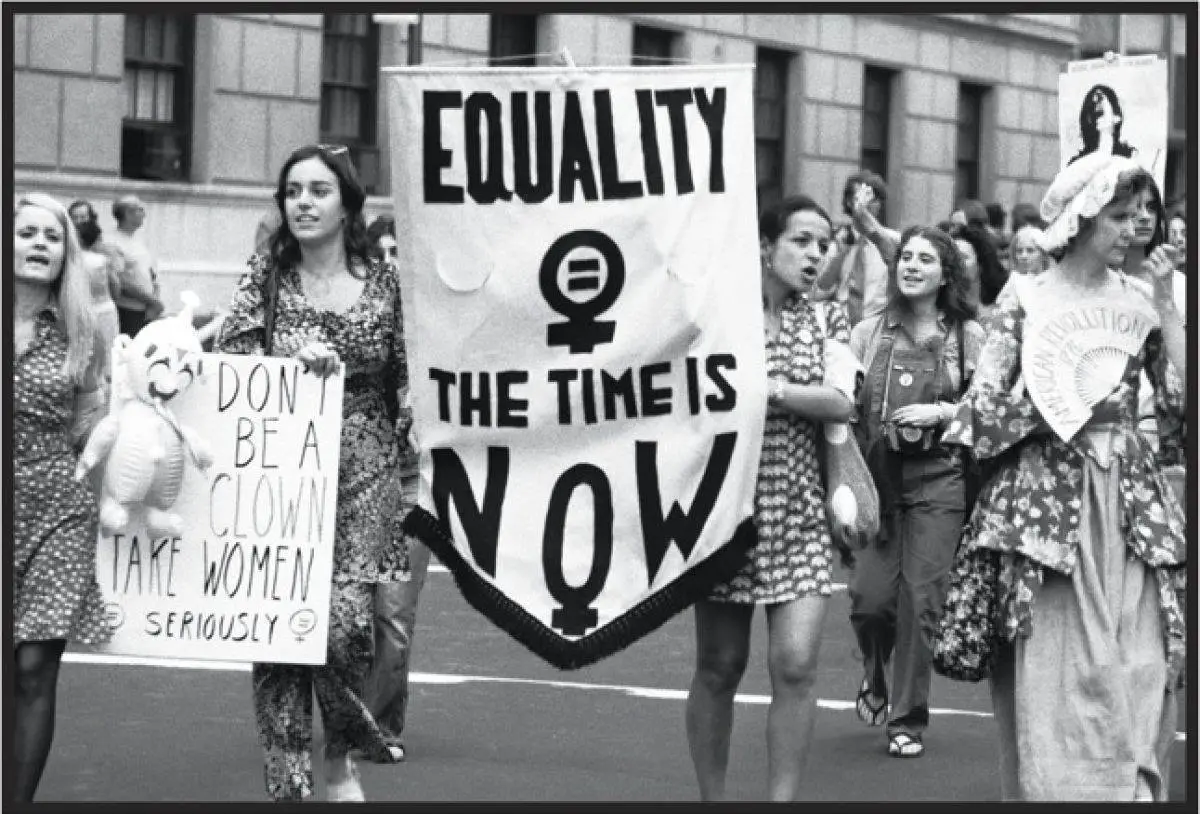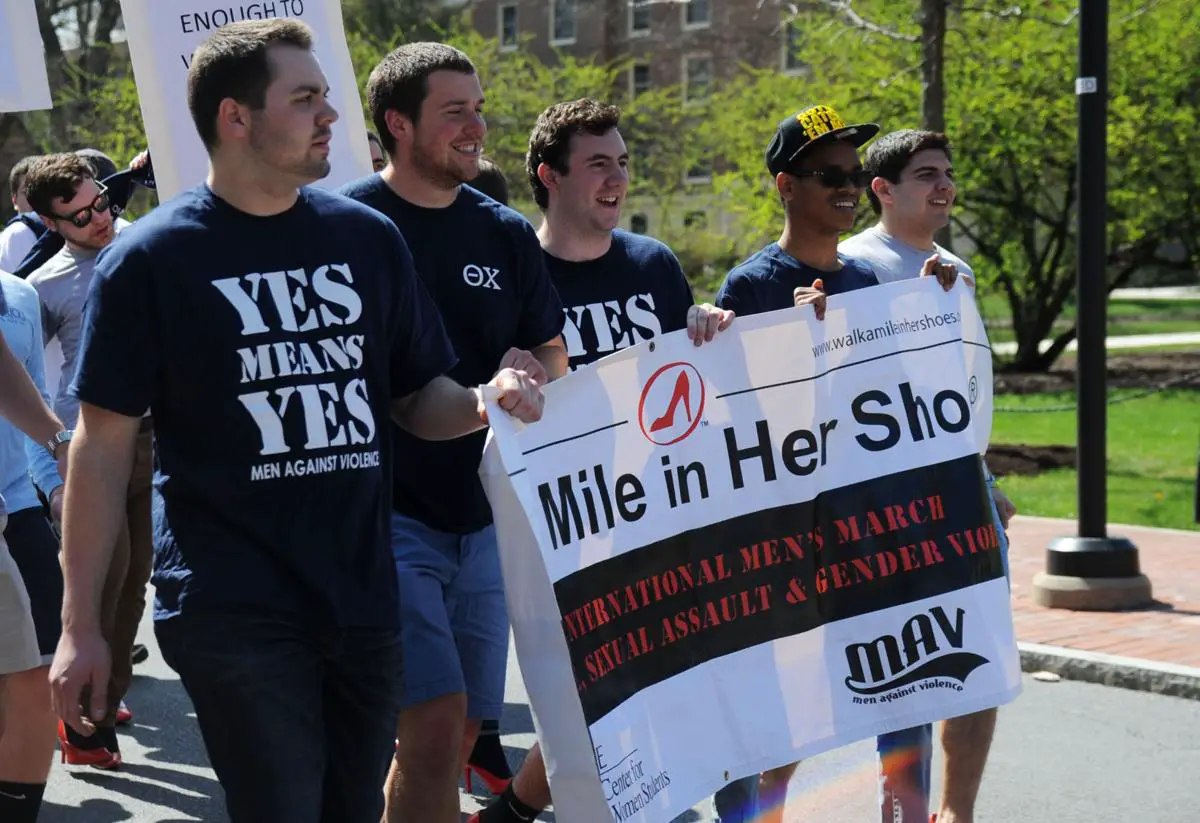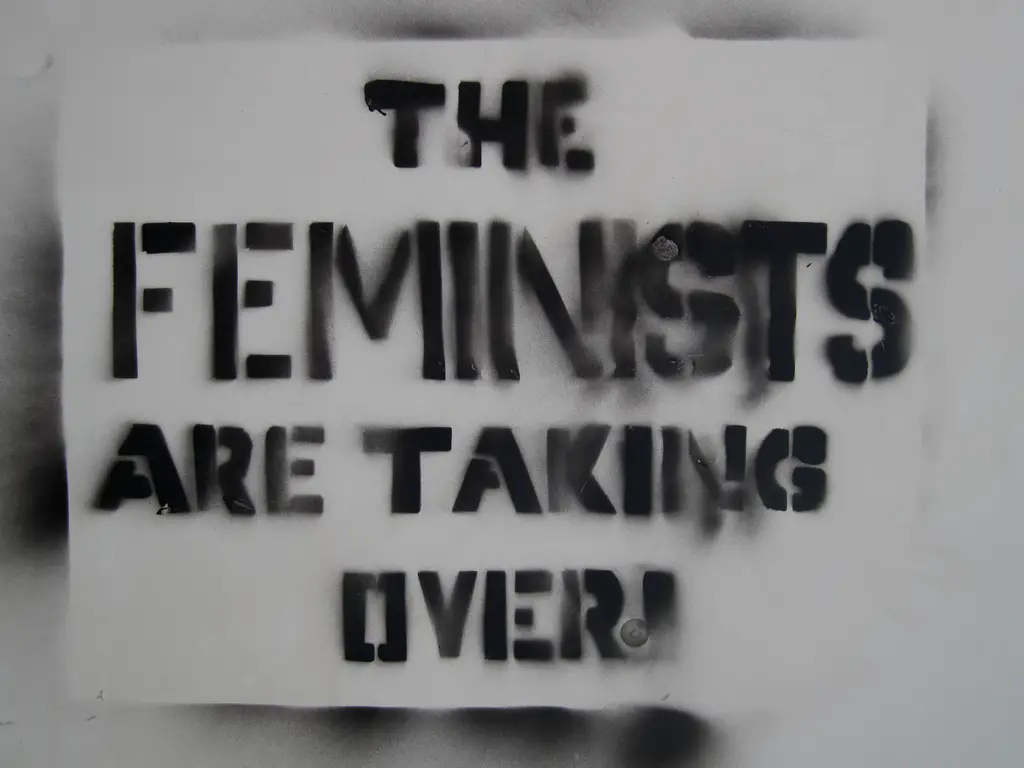In 1917, a small group of brave women stood silently outside the White House to protest for their right to vote. Over the next two years, these women and those that joined them became known as “the Silent Sentinels,” protesting for their rights with signs and their quiet attendance.
They had joined a movement that began in 1848 in Seneca Falls, which had sparked the creation of many conventions and organizations across the nation. The women’s steadfast presence and petitions finally tipped the scales to win women the right to vote in 1920, which established what many call the first wave of feminism.
Shortly after this, the suffrage movement evolved into the feminist party. Feminism has since paved the way for women not only politically but professionally, demanding that women be treated equally in society.
Thanks to them, it is now socially acceptable for women everywhere to have a job, and women have less to fear from sexual violence than they used to. These improvements, established in the second wave, set women on an equal platform with men in almost every aspect of life.

However, the third wave of feminism in modern society is aimed at a more intangible problem: the perception of women. This new wave is vastly different from the women’s rights movements of the 20th century, which worked to make all men and women equal.
Feminists today are going after the subconscious ideas of women that have been ingrained into men and women alike from previous centuries. In order to change these ingrained ideas, the current focus of feminism is on tearing down the patriarchy and ensuring that society sees women as equal in every way possible.
Unfortunately, as extreme feminists push for further establishment for women in society, they often ignore the problems that men also face because these women are completely focused on female empowerment.
As it turns out, there are now several areas where women have won not only equality, but also an advantage over men. Men are actually beginning to see disadvantages in the society as the patriarchy falls further due to the feminist movement. Because of feminism, women now have several distinct rights that men do not possess but perhaps should.
The first rights deal with protection from sexual victimization. There are more and stronger laws to protect women from sexual issues than there are for men. The Rape, Abuse and Incest National Network reports that 90 percent of rape victims are women; however, that means that the other 10 percent accounts for millions of male rape victims every year.
While the feminist movement actively pushes for sexual rights and protection for women, it often ignores or denies that men suffer in this area and need protection as well. Yes, women suffer from sexual violence more than men do, but all affected parties should be represented when fighting for protection against sexual perpetrators.

Unfortunately, not all states recognize the term “rape” for men, which means that men are less protected from any sort of sexual victimization than women are. In addition to this, it’s much harder for men to claim that they were raped because their abuse has to meet specific qualifications to count. In many cases, a man can only claim to have suffered sexual harassment or abuse, which allows his attacker to get lesser charges.
Women also have an automatic advantage in rights from the moment they turn 18 because they are not required to register for the draft. Although women won the rights to full citizenship with no strings attached, young men between the ages of 18 and 25 are still legally required to sign up for Selective Service or face “a fine of up to $250,000 or a prison term of up to five years, or a combination of both.”
Failing to register for the draft can also disqualify men from voting, receiving federal student financial aid and obtaining federal and state employment.
Women almost lost the freedom of this right in 2016 to a proposed Senate bill. Based on the new laws allowing women to serve in any area of the military — thanks to the feminist campaigns — women were almost required to start signing up for the draft as well.

Women across the nation were split in their support on this issue. Many feminists argued that not drafting women supported the view that women were weak, while others strongly opposed the idea of their daughters being drafted.
Ultimately, women were spared from being forced into the draft. Thus, they retain the right to choose whether or not to serve the country — a right that many men wish they had.
Women also possess an advantage in parental rights. Single moms are usually guaranteed sole custody over their children, and many court cases still favor the mother in deciding who the best and primary caretaker in divorce situations is.
However, this is one right that probably will change soon because of the number of mothers working outside of the home. Many states are now choosing to make their parental right laws more gender neutral because the decline of the patriarchy has changed the traditional home structure.
These new laws give fathers a fighting chance to raise their children. It also means that women have to pay child support as part of recent equality developments — another feminist win/lose situation.
Women have the undisputed right to decide whether or not to have an abortion. The pro-choice campaign has been at the top of the feminist priority list for years, and it’s one they have locked down for now.
In the Planned Parenthood v. Danforth court case of 1976, the Supreme Court decided that if the father refused to allow the abortion, it was in violation of the mother’s freedom of choice. So the sole choice of abortion resides with the woman because the pregnancy affects her body more.
In addition to having the sole choice about an abortion, the mother can actually get an abortion without telling the father because it’s her right to privacy. This means that men have a complete lack of rights regarding their potential children. Basically, in all areas regarding future families, women have an unstoppable advantage over men.
Although there are still some issues for women to overcome in the American society, they have almost reached the point of full equality with men. Despite the extensive feminist complaints, women actually have more rights than men in some very important areas.
The government and society are consistently correcting the remaining social disadvantages, and women are now allowed to live in ways that would have seemed impossible less than a century ago.
Despite this progress, the feminist movement continues to demand more action from the American society. As the patriarchy continues to crumble and feminists push for female empowerment, America might actually see this third feminist wave go beyond equalizing the society to fully reversing the tides on which gender is really in control.

















